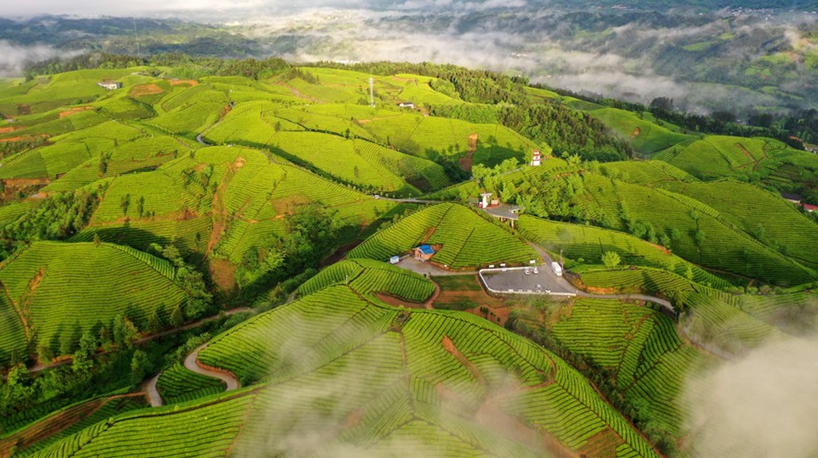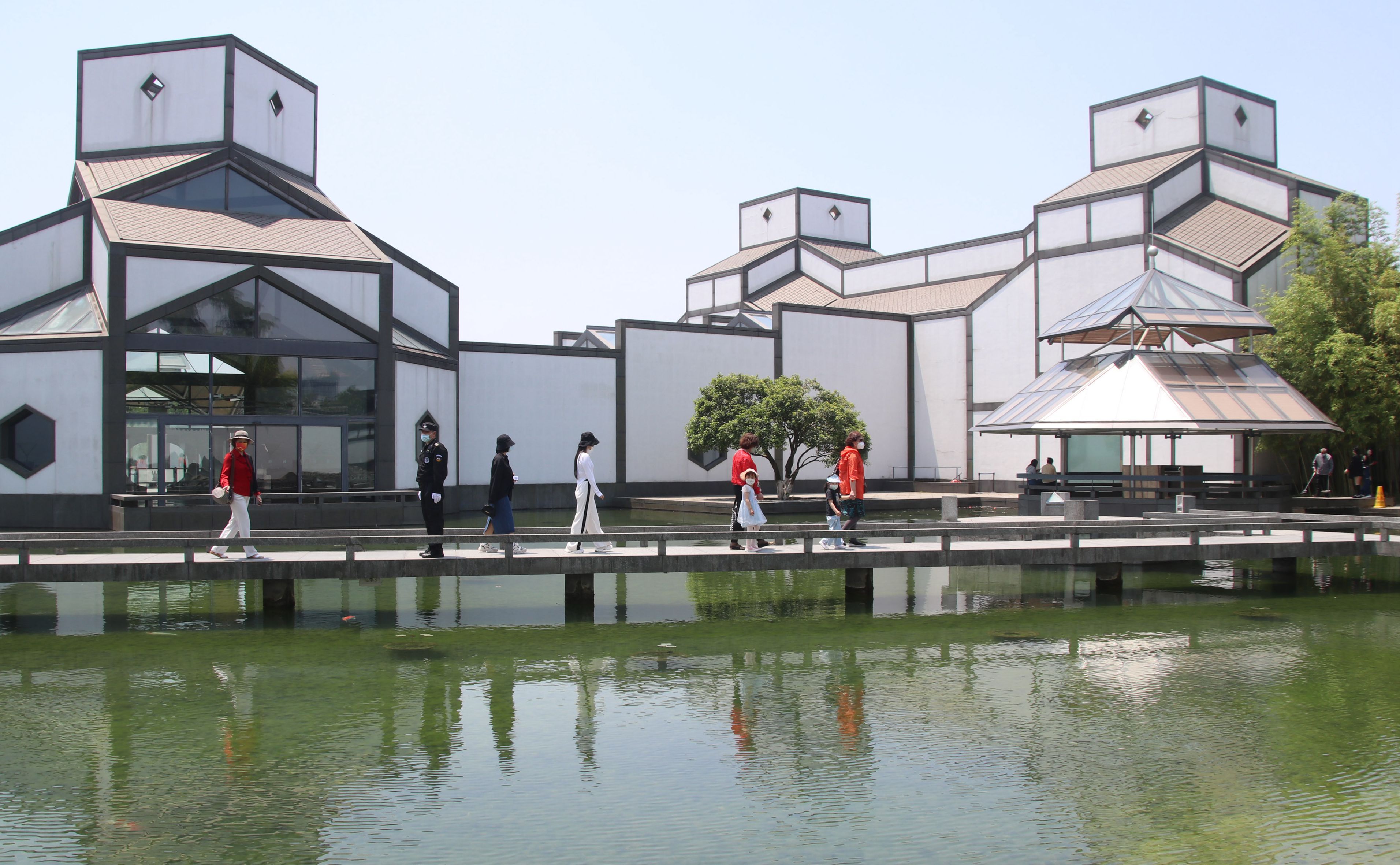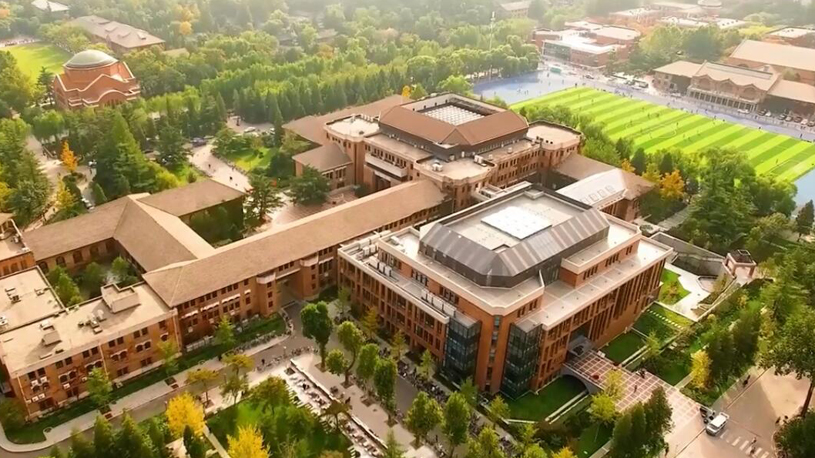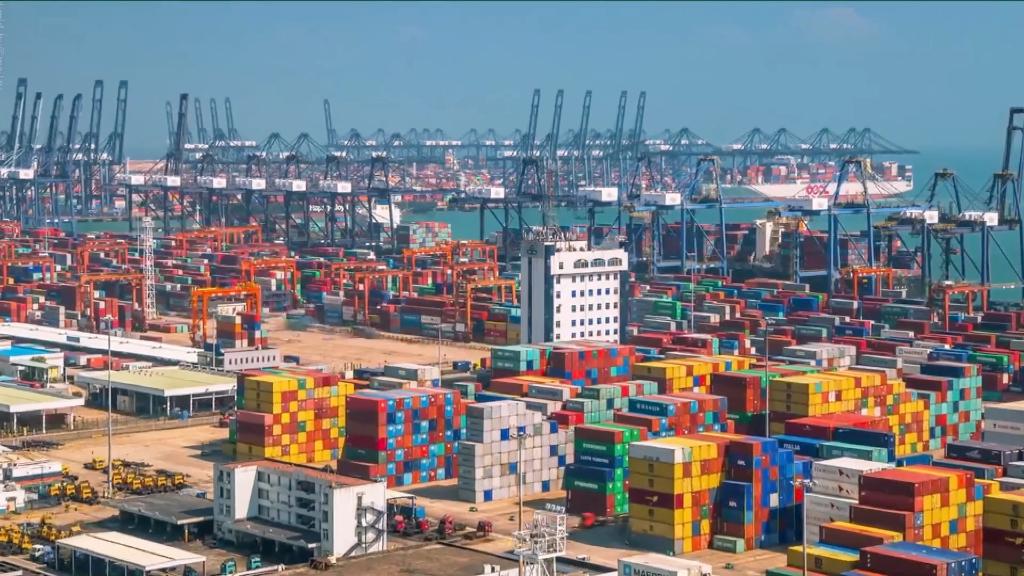
Aerial photo taken on Aug. 31, 2021 shows the countryside scenery of Gaoling Township in Du'an Yao Autonomous County, south China's Guangxi Zhuang Autonomous Region. (Xinhua/Zhou Hua)
BEIJING, May 25 (Xinhua) -- A strong agricultural industry, beautiful countryside and well-off farmers -- this is rural China described when speaking about the goal of the country's rural revitalization strategy for the upcoming decades.
What will China's future countryside look like? What would be done to turn this vision into reality in the next few years? The latest action plan on China's rural construction has provided more details.
By 2025, tangible progress should be made on rural construction, and continuous improvement should be seen in the rural living environment, said the document jointly issued by the General Office of the Communist Party of China (CPC) Central Committee and the State Council General Office on Monday.
China also expects positive progress in ensuring that every village and household has access to rural infrastructure, steady advancement in basic public services, and solid results in promoting cultural and ethical progress in rural areas.
The action plan has focused on the development of both infrastructure and services. It arranged projects to improve rural roads, water supply, energy, logistics, housing and living environments, as well as efforts to enhance public services and rural governance.
"Rural construction is an important task in implementing the rural revitalization strategy, as well as an essential part of China's modernization drive," the Office of the Central Rural Work Leading Group said in a Q&A with Xinhua.
The action plan will play a guiding role in advancing the rural construction initiative and making rural areas more attractive places to live and work, according to the office.
The rural revitalization strategy, which was first put forward during the 19th CPC National Congress in 2017, aims at achieving the basic modernization of agriculture and rural areas by 2035, and the grand goal of strong agriculture, beautiful countryside and well-off farmers by 2050.
To make the countryside more livable, China launched a three-year rural living environment upgrade campaign in 2018, which follows another five-year campaign from the previous year to further consolidate such efforts.
By the end of 2020, more than 40 million rural household toilets had been renovated during the three-year campaign, with the penetration rate of clean toilets achieving 68 percent in China's rural areas, statistics showed.
From 2016 to 2020, China also built or rebuilt more than 1.4 million km of rural roads. The country will continue road construction and bring the total length of rural roads to approximately 5 million km by 2035, according to a plan released by the transport ministry.
Despite the progress, there are still weak links between rural infrastructure and public services, which has yet to fulfill the farmers' ever-growing needs for a better life, the Office of the Central Rural Work Leading Group has noted.
"Apart from infrastructure, rural construction would also cover rural governance, sustainable development of rural industries, public services and promotion of cultural progress," said Li Xiaoyun, a professor at China Agricultural University.
Rural construction will be a green and resource-efficient process, according to the action plan, which has aimed for an alignment between construction and the natural environment.
In efforts to protect the rural environment, China has aimed to keep the rural green coverage rate above 32 percent by 2025, with some 20,000 national forest villages and a great number of local forest villages established, according to the country's forestry and grassland authorities.
The action plan has also highlighted the participation of farmers in the decision-making and construction process, as well as the need to keep the traditional architecture, folk culture and local characteristics instead of simply copying the urban construction models.
"Farmers will not only be beneficiaries of rural construction, but also important participants, builders and supervisors of the process," said Zhang Bin, a researcher with the Ministry of Agriculture and Rural Affairs. ■












